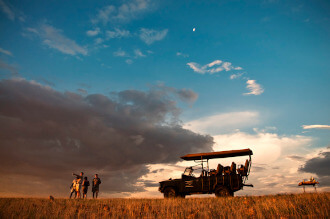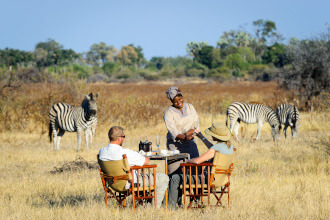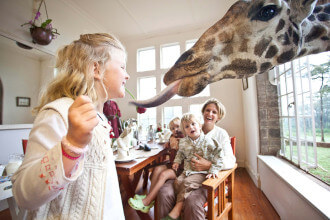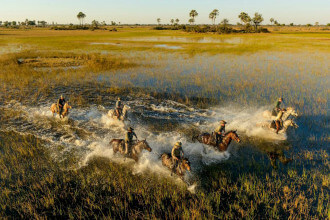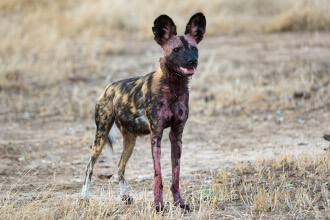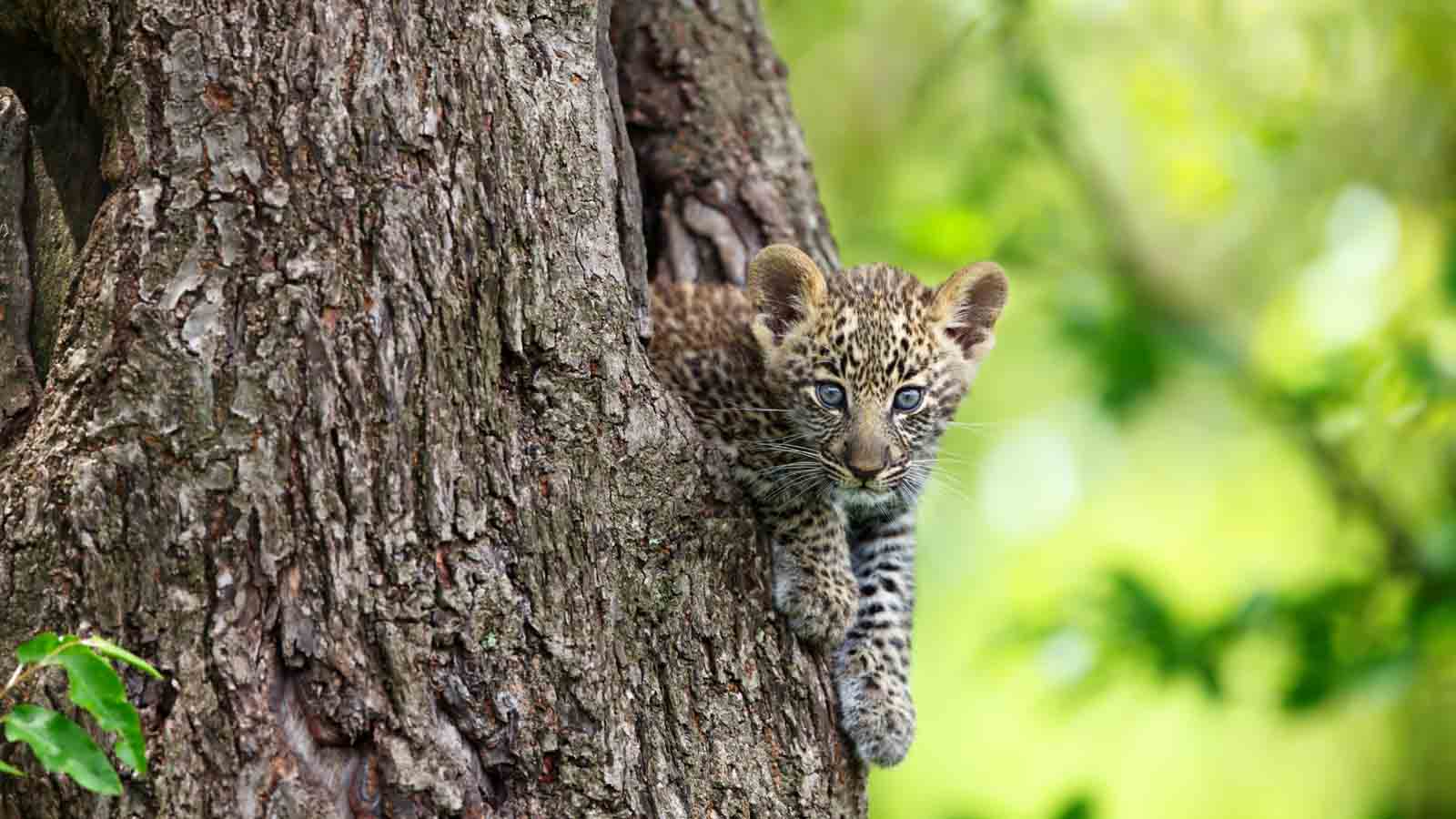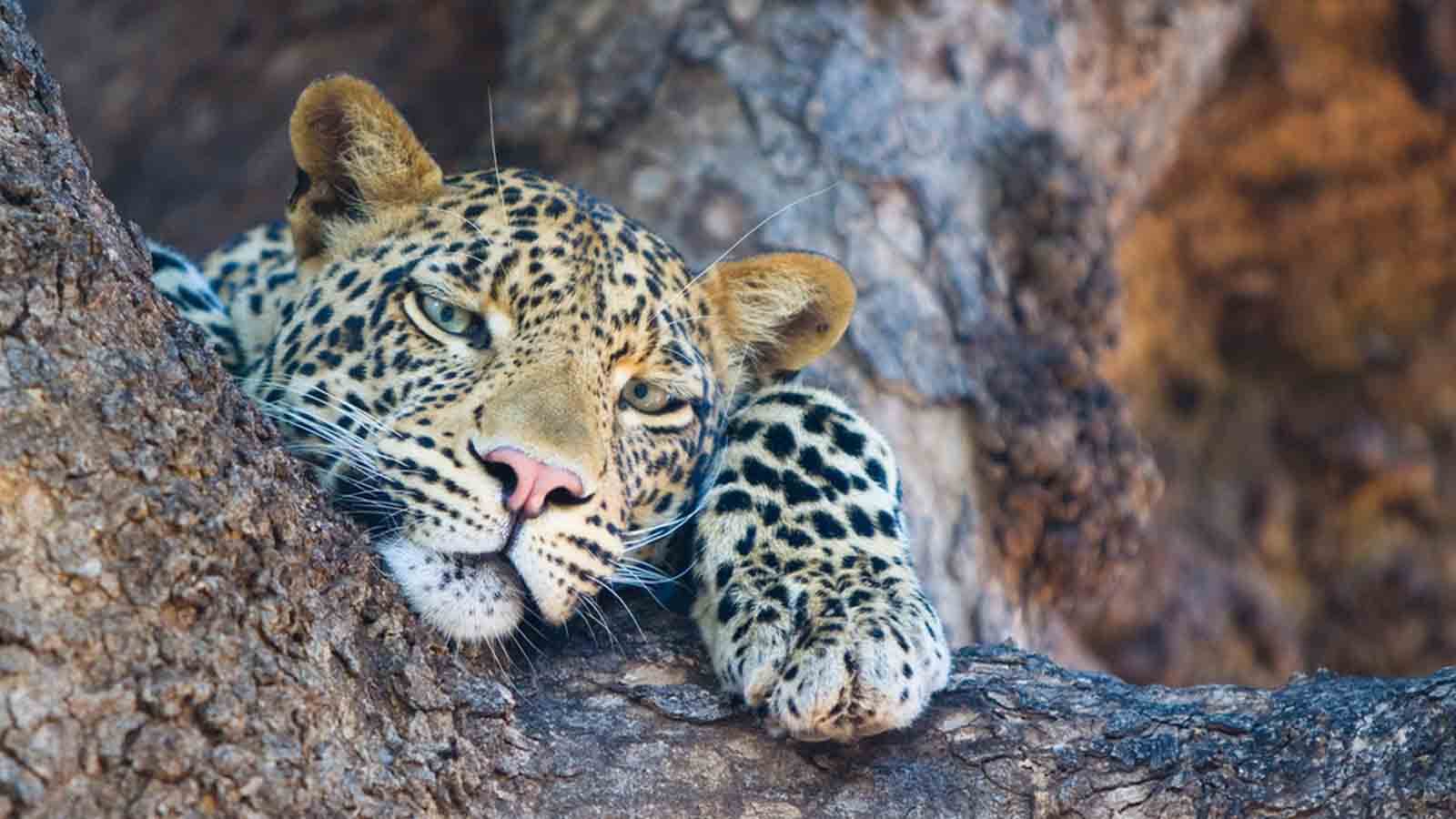Best Places to see Leopard
African Leopard
Africa is littered with different kinds of cat species and people flock from all over to witness these extraordinary animals go about their daily lives. Lions take centre stage for first time safari goers, yet it is the safari purists who treasure leopard sightings the most.
The leopard is a sleek and elegant feline. It is covered in a dappling of black rosettes over its golden coat and it holds its tail high in a recognisable curl. Its rasping calls signal its territory that it holds alone. Unlike the very sociable lion, leopards are generally solitary, unless you're lucky enough to find a mating pair or a mother and her cub. Hunting is an art form and they have to be extremely stealthy and careful if there are to succeed in bring down their prey. Meals range from young zebra foals and impala to baboon and cat fish. It has been recorded during a drought in the Kruger National Park that a leopard has brought down an adult buffalo.
best parks to see leopards
Leopard Habitat
The habitat of the African leopard varies dramatically. They have adapted to almost any environment and their camouflage makes them extremely hard to spot. Whether they are nestled into a crevice in a kopje or lying low in the tall grass, a leopard is only found when it wants to be found...
Leopards are seen in habitats varying from the harsh Kalahari Desert where temperatures soar and water is scarce, to the lush riverine thickets that meander through much of Southern Africa. They love to snooze on the broad branches of marula trees and because of their vulnerability to other predators; they will often drag their prey into the tree to consume it.

